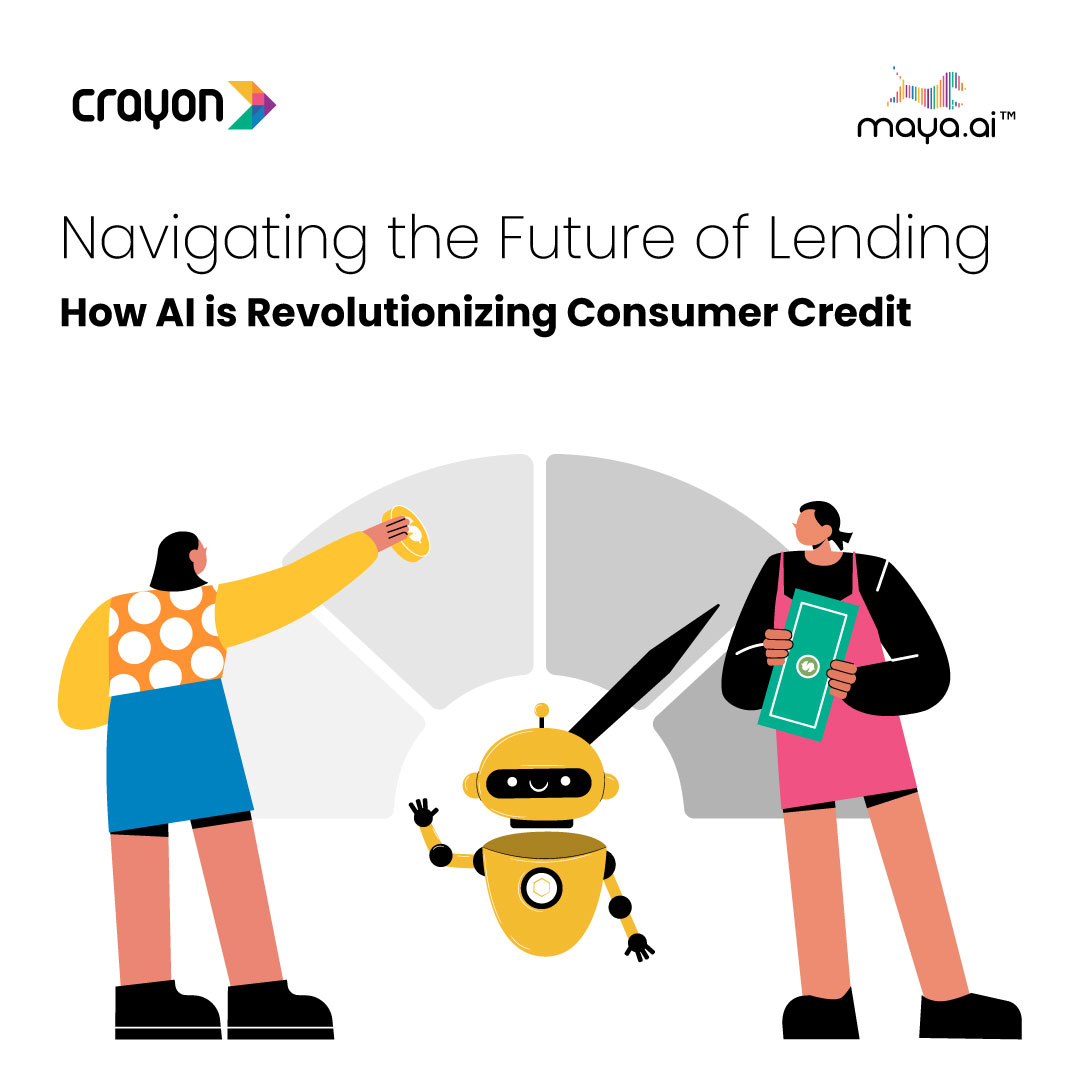As the internet becomes an increasingly integral part of day to day life and commerce, it’s easy to forget the ever present threat of hackers and cyberattacks. However, hackers have refused to forget how easy it is for the average person to make a costly mistake when it comes to cybersecurity online. Businesses aren’t afforded the luxury of letting their guard down, however, because they are often targeted by hackers. Here are the ways in which modern businesses are tackling the ever-increasing need for cybersecurity.
Microsegmentation
The current arc of technological innovation seems to be interesting in creating the most interconnected and accessible social and commercial landscapes, and that’s an admirable goal on paper. However, the looming threat of hackers means that this utopian philosophy of design is a double-edged sword. Zero Trust proposes an alternative, a way to have your cake and eat it too. Essentially, microsegmentation is the practice of protecting a network from within by never assuming that any system or user is already authorized.
This actively bucks the existing trend of giving users ways to shortcut login processes by having their information remembered, and that’s because those shortcuts are potential liabilities. It also allows users to have a segmented space within a fairly connected landscape. It’s a great way for compensating for the potential risk of hiring employees remotely, for example, because you can include remote employees in the broader network without blindly accepting the ramifications of their presence.
Multi-factor Authentication
Passwords have been a security staple since well before the advent of the internet, and they’ve done a fair job for the most part. However, passwords are arguably the weakest link in all of cybersecurity, because hackers have pinned down the science of cracking passwords. Faster machines enable more efficient “brute forcing” of passwords, and social media allows hackers to match a list of common password ideas to the details of a person’s public persona. The writing’s on the wall, and passwords are simply never enough on their own. Multi-factor authentication provides a pretty potent alternative, however.
Multi-factor authentication secures the login process by requiring two or more identification credentials, rather than just a password. This is especially promising when you consider the emergence of MFA arrangements that no longer even use passwords. Typically, a password is still used, but it is strengthened by the additional requirement of a 4 digit code sent to the email or the smartphone of the intended user. This has been shown to be incredibly effective as a deterrent even after a given password has been compromised.
Penetration Testing
Once your system is in place, you’ll need to make sure that it is as foolproof as possible, and the best way to do that is to conduct penetration testing. This process entails hiring a cybersecurity specialist to employ known hacking techniques in order to probe for weaknesses in your system, and it’s by far the best way to root out these backdoors that could serve as an open invitation to hackers. This kind of stress testing is generally a good idea when working with tech, although the specifics vary from case to case.
Best Practices
The most prevalent cause of cybersecurity breaches is the very same human fallibility that hackers target in the first place. A general lack of cybersecurity on the part of the average person has been a blessing to hackers, because this allows the relatively tame threat of malware to continue to work to this day. By educating your staff on how to spot malicious downloads or, better yet, how to avoid them entirely, you can drastically reduce your odds of being attacked successfully. It’s also important to make sure employees are aware of social engineering tactics that are sometimes used in phishing campaigns, for example. Of all the many tools and techniques hackers have at their disposal, the implicit trust of general users has proven to be the most advantageous.




